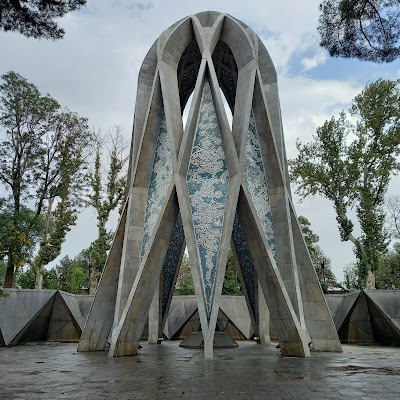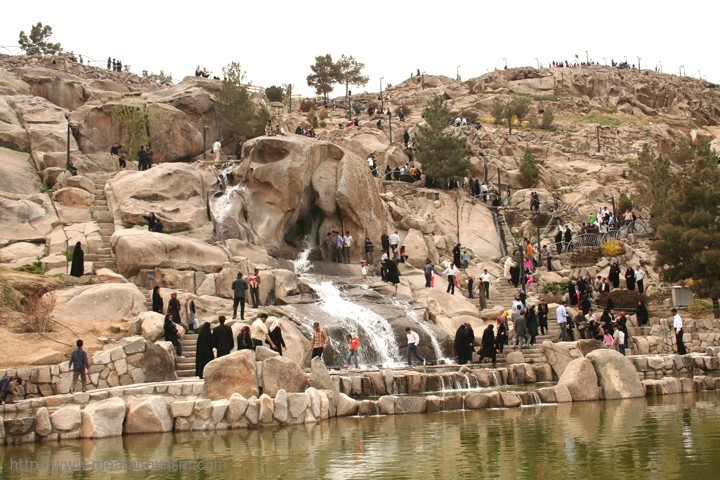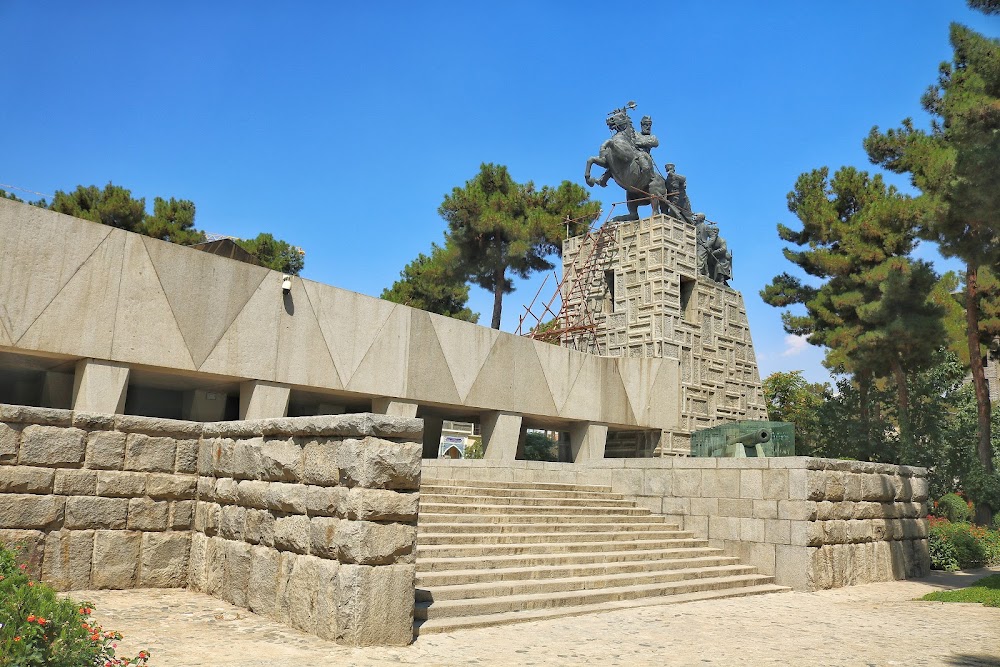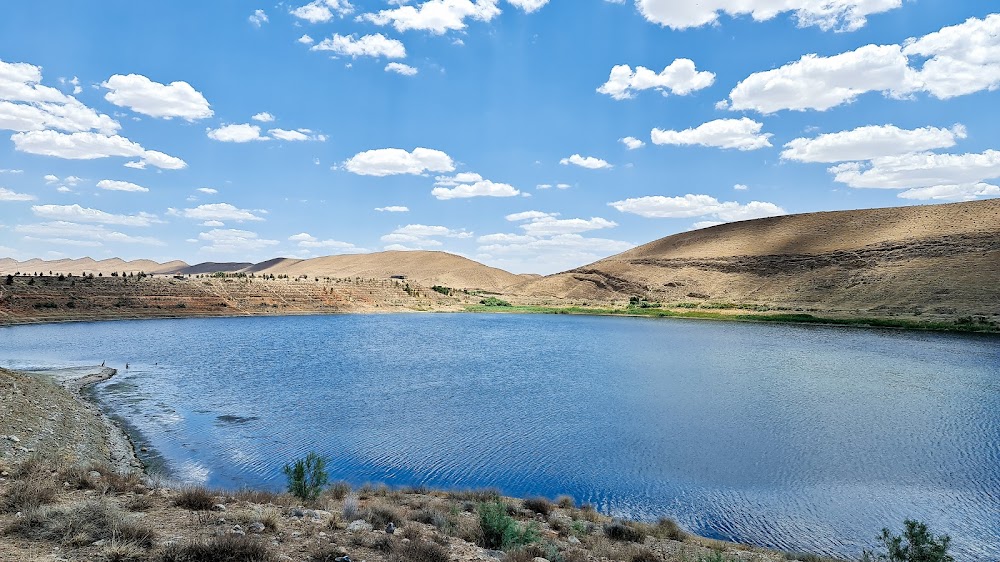Tomb of Omar Khayyam (آرامگاه عمر خیام)
Overview
The Tomb of Omar Khayyam is one of the most enchanting and historically significant sites in Razavi Khorasan, Iran. Nestled within a beautiful garden in the city of Nishapur, this mausoleum draws visitors from around the globe who come to pay homage to the illustrious Persian poet, mathematician, astronomer, and philosopher, Omar Khayyam. The serene atmosphere and lush greenery surrounding the tomb create a perfect setting for reflection and appreciation of Khayyam’s remarkable contributions to both art and science.
Omar Khayyam was born in Nishapur in 1048 during the Seljuk Empire, a period renowned for significant scientific and cultural advancements. He is best known in the West for his quatrains, or *rubaiyat*, thanks to Edward FitzGerald's translation, which introduced his profound, existential poetry to the English-speaking world. However, in Iran and the broader Middle East, Khayyam’s legacy extends far beyond literature. He made substantial contributions to algebra, laid the groundwork for the modern calendar in use in Iran today, and his astronomical calculations have influenced scientists for centuries.
The tomb itself is a masterpiece of architecture and design, honoring the multifaceted genius of Omar Khayyam. Designed by acclaimed Iranian architect Hooshang Seyhoun in 1963, the structure is both symbolic and modern, incorporating geometric shapes and intricate patterns that reflect Khayyam’s dual legacy as a poet and mathematician. Built of concrete and adorned with striking mosaic tiles, the tomb features motifs that evoke both celestial and terrestrial themes, a nod to Khayyam’s work in astronomy and poetry.
As visitors enter the garden surrounding the tomb, they are often struck by the tranquility and beauty of the setting. This meticulously maintained garden, filled with blooming flowers and verdant trees, provides a peaceful retreat from daily life. The sense of peace is amplified by the tomb’s elegant, upward-reaching structure, which seems to touch the sky, symbolizing Khayyam’s intellectual aspirations and achievements.
Inside the tomb, the atmosphere is both solemn and inspiring. Visitors can see Khayyam’s burial place, marked by a simple yet dignified stone structure. Surrounding the grave are inscriptions of his quatrains in Persian, capturing timeless themes of love, fate, and the ephemeral nature of life. These inscriptions serve as poignant reminders of Khayyam’s philosophical musings and his enduring legacy that transcends time and geography.
An intriguing aspect of the tomb is its alignment and design, which incorporate Khayyam’s profound understanding of mathematics and astronomy. The structure’s angles, heights, and the interplay of light and shadow throughout the day are said to be meticulously calculated, reflecting some of Khayyam’s mathematical theories. This thoughtful integration of his scientific knowledge into the architecture makes the tomb a tribute not only to his final resting place but also to his intellect and creativity.
The Tomb of Omar Khayyam is not just a site of historical interest; it serves as a cultural hub as well. Throughout the year, especially during Nowruz (the Persian New Year), the site hosts various cultural events, including poetry readings, musical performances, and academic conferences. These events celebrate Khayyam’s enduring influence on Persian culture and offer an engaging way for visitors to connect with his legacy.
For foreign tourists, a visit to the Tomb of Omar Khayyam provides a unique glimpse into the life and works of one of history’s great polymaths. It’s an opportunity to reflect on the interconnectedness of art, science, and philosophy, while appreciating the lasting impact of Khayyam’s contributions. The tomb, with its serene garden and symbolic structure, serves as an ideal location for contemplation and appreciation of both nature's beauty and the profound thoughts of a man whose work has resonated across the ages.
In conclusion, the Tomb of Omar Khayyam in Razavi Khorasan stands as a site of immense historical, cultural, and aesthetic significance. It is a testament to the genius of a man who excelled in multiple fields, and whose legacy continues to inspire. Whether you are a lover of poetry, an admirer of mathematics, or simply seeking a place of tranquility and reflection, the tomb and its surrounding garden offer an enriching experience that speaks to the enduring power of knowledge and creativity.






